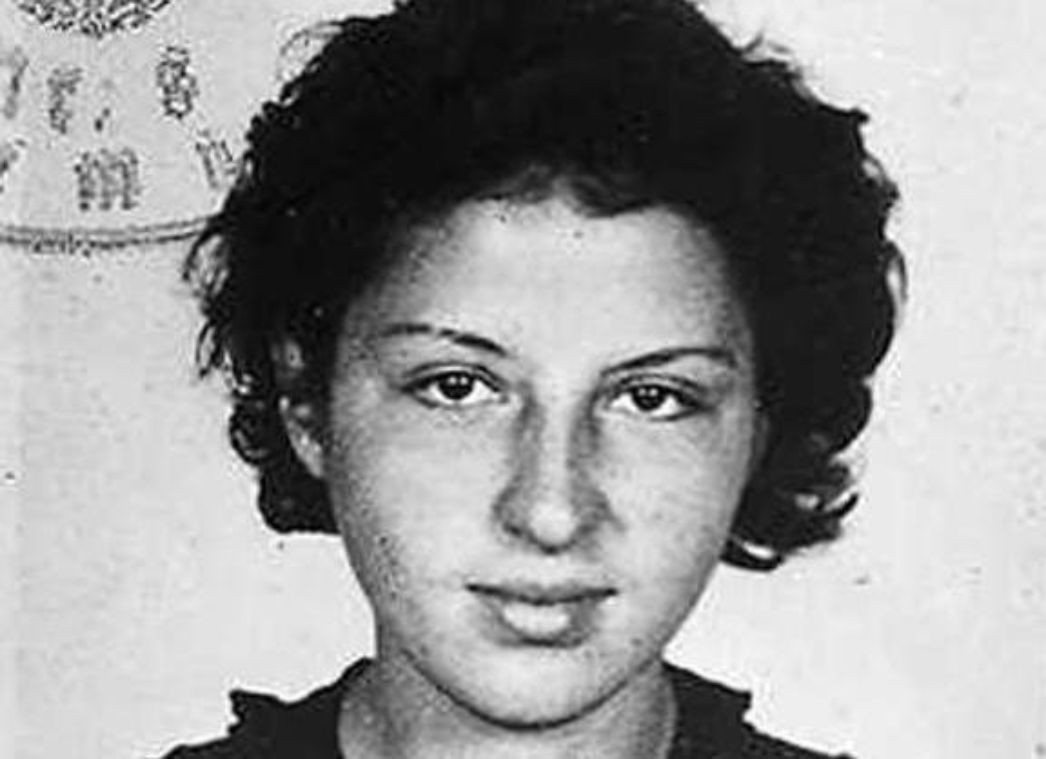Transcript
Narrator On the 14th of April 1945, Nina Andreievskaya, her mother and more than 1300 other women and men were forced to set out on a death march, headed for Czechoslovakia. The march was prompted by American troops drawing near to the small town of Taucha near Leipzig. Still on Saxon territory, Nina, her mother and three other women decided to risk a dangerous escape.
Nina Schalagina “The older inmates who were too weak to walk fell down from fatigue and hunger and remained lying in the road. I, too, had lost my strength; my knees buckled. But I was bravely held up by my companions, my mother and three girls, who were determined to escape. Taking advantage of the dark of the night, the line of us drifted sideways into a ditch and [we] hid under a bridge, trembling with fear of being discovered. And there we stood, for as long as we could still hear the shuffle of the wooden clogs from the procession of inmates.”
Narrator Nina and her sister had lived with their mother Valentina in Klinzy. In September 1943, the family had witnessed how the Germans burnt down their town. They had been rounded up along with others and sent westward in cattle wagons. The transport reached Chemnitz after four weeks. Fifteen-year-old Nina and her mother were forced to work for the German railroads, while her sister and other children from the same transport were taken to a separate camp.
Following an unsuccessful escape attempt, Nina was arrested by the Gestapo, interrogated for weeks and brutally abused. The Ravensbrück concentration camp, where she was taken in late September 1944 and where she met her mother again, was only a temporary destination. In October, both women were transferred to the subcamp run by the HASAG in Taucha and forced to work in grenade shell production.
Hygiene in the camp was catastrophic and the work dangerous. An average of 177 people were submitted for ambulant treatment every day. The one washing room for all 1200 female inmates was not available until December 1944. Clothing was scarce and many of the women suffered frostbite during the harsh winter.
The air-raid warning was sounding more and more frequently. Finally, sometime in April 1945, the SS rounded up all women and men in the camp and the death march began. Several days into the death march, Nina and the other women had made their escape and were now waiting in the dark for the procession of inmates to recede into the distance.
Nina Schalagina “Then we left our cover and went into a swamp, fell into icy water. But this was the shortest way to get to the forest – our rescue. [...] Despite the hard conditions, I – the girl, the adolescent – had stayed alive without sun and joy.”
Narrator The women, including Nina and her mother, escaped successfully. Now they still needed to find Nina’s sister. As if by miracle, when they arrived in Chemnitz at the end of the war, she was still living in a camp there. Yet, returning home after this was not easy. As a former forced labourer, it was difficult for Nina to find work. The suffering and fate of the many forced labourers was systematically concealed at that time.


